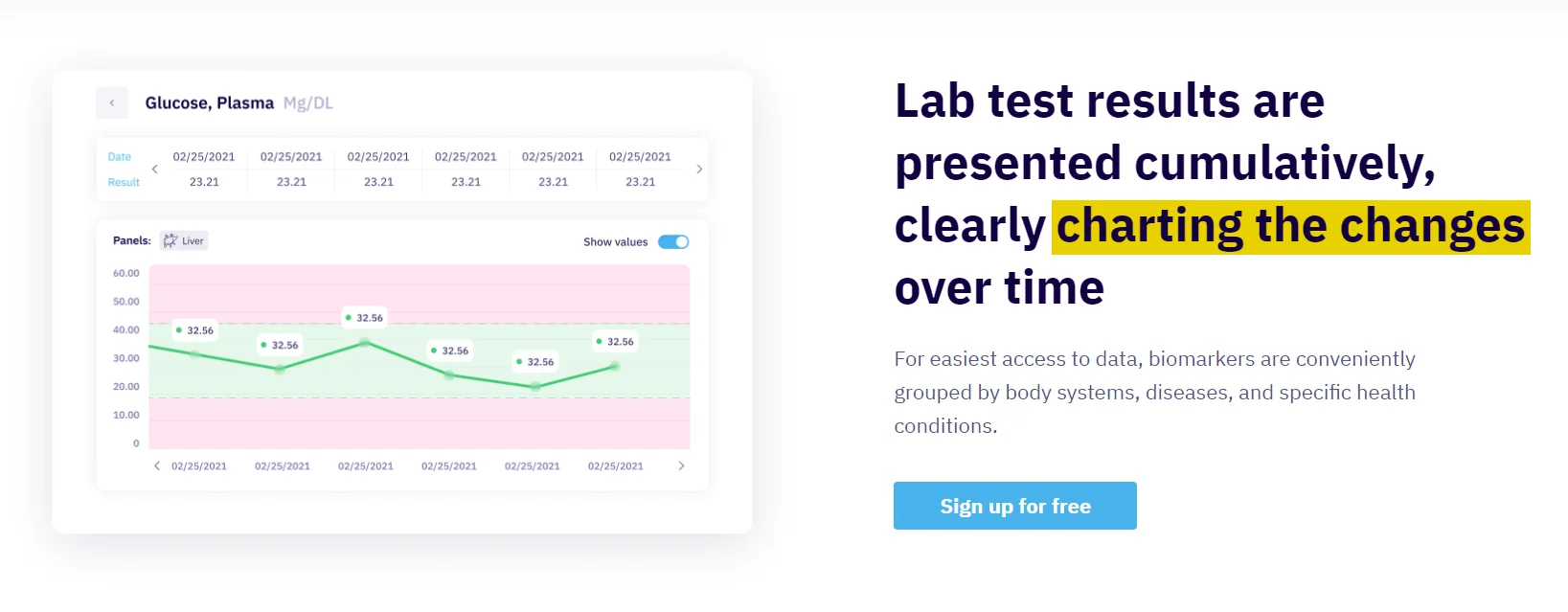All HIPAA compliant businesses need a reliable data backup and recovery solution that runs in the cloud. A disaster of any nature can happen at any time, so you need to run your backups frequently. Differential backups, therefore, create duplicate files and, as such, store more backed up data than incremental backups (which store none), but less than if you were to run full backups daily. The 3 types of backup strategies you need to know about for a HIPAA compliant backup plan.

Organizations use the continuous backup type when they need to achieve the shortest recovery point objective (RPO). Another weakness of this approach is that any change (malicious or accidental) in the source data is “mirrored” in the backup data. For example, when a file in the source is deleted, the same file in the “mirror” is also deleted.
Mirror Backup
A backup strategy requires an information repository, “a secondary storage space for data”[6] that aggregates backups of data “sources”. The repository could be as simple as a list of all backup media (DVDs, etc.) and the dates produced, or could include a computerized index, catalog, or relational https://www.globalcloudteam.com/the-best-cloud-backup-services-for-business/ database. A backup system contains at least one copy of all data considered worth saving. An information repository model may be used to provide structure to this storage. Mirror backups can be useful for recovery from hardware failure but cannot protect data in case of corruption or deletion.
- The primary disadvantage of incremental backups is that they can be time-consuming to restore.
- This method is the easiest to implement, but unlikely to achieve a high level of recoverability as it lacks automation.
- One of the biggest data backup mistakes is saving backup copies on the same hardware as the original files.
- However, more total copies of data are available, and fewer media pieces are required to perform a restore operation.
- With incremental backups, you use backup software to backup only the data that has changed since the last backup performed.
Thus, it will store more backed up data than an incremental on subsequent operations, although typically far less than a full backup. Moreover, differential backups require more space and time to complete than incremental backups, although less than full backups. Backup applications have long offered several types of backup operations. The most common backup types are a full backup, incremental backup and differential backup.
Javatpoint Services
This includes files, folders, SaaS applications, hard drives and more. The highlight of a full backup is the minimal time it requires to restore data. However, since as everything is backed up in one go, it takes longer to backup compared to other types of backup. Incremental backup involves backing up all the files, folders, SaaS data and hard drives that have changed since the last backup activity. This could be the most recent full backup in the chain or the last incremental backup.

However, the succeeding creation of the backup of the files that have been previously uploaded will be faster. A lot of people are suggesting that you really need to create different types of backups for all of your files, folders and other types of data. It is needed in order to preserve the integrity of such data files in case there will be cyber-attacks conducted against your computer system. Aside from that, you also need to back up files to be able to protect your against possible data loss due to hard disk drive failure as well as theft of your laptop computer.
What is a NAS device and how does it work?
Incremental backups take the least space and time to perform than differential and full backups, but it’s the most time-consuming out of all of the methods to restore a full system. In this blog post, we’ll try to de-mystify the types of backup and restore and lay them bare – so we can all easily understand what happens behind the scenes. It’s worth noting, however, that data loss isn’t always the result of cyberthreats. It can also be the case that your external hard drive or computer wears out and you lose your data.

Download the types of backup software now from the button below and install it to your computer running Windows 10, Windows 8/8.1 or Windows 7. Incremental backup is a type of backup that uploads only the data that was created after the previous backup. Now that you know the difference between each of the backup types, let’s talk about best practices for when to use them. The downside to incremental backups is that you can lose data if one of your backups fails or is corrupted. These insights offer clarity for your SaaS backup buying process and can help you narrow down your search for the right backup solution that meets your backup needs.
Full backup
You might start out with a full backup in the cloud and then shift to incremental backups. As its name implies, this type can make a copy of all the data including files, folders, settings, applications and more on the storage devices like hard drive, SSD, HDD, etc. Let’s compare the different backup types – full backups, incremental backups https://www.globalcloudteam.com/ and differential backups. One significant benefit of differential backups is that data restoration is relatively easy, flexible, and doesn’t require you to have the most storage. On any given day that you want or need to perform a restore operation, it only requires the last full and last differential backup to perform a complete backup.
Only the recent changes (increments) are backed up, consuming less storage space and resulting in a speedy backup. However, the recovery time is longer since more backup files will need to be accessed. Since you only need a maximum of two backup media in order to restore and recover files using the differential backup, the data recovery process is way much faster than in the incremental backup. It actually creates a simplified way of restoring data without performing full backups again and again and without performing incremental backups exhaustively. Changes in files may be detected through a more recent date/time of last modification file attribute, and/or changes in file size. Other variations of incremental backup include multi-level incrementals and block-level incrementals that compare parts of files instead of just entire files.
Full Backup Fact Sheet
If data is needed from data backed up on Wednesday, the Sunday full backup, plus the Monday, Tuesday and Wednesday incremental media sets, are required. This can dramatically increase recovery times, and requires that each media set work properly; a failure in one backup set can impact the entire restoration. The scheme determines how and when each piece of removable storage is used for a backup operation and how long it is retained once it has backup data stored on it. It states that there should be at least 3 copies of the data, stored on 2 different types of storage media, and one copy should be kept offsite, in a remote location (this can include cloud storage). An offsite copy protects against fire, theft of physical media (such as tapes or discs) and natural disasters like floods and earthquakes. Most of the advanced types of backup such as synthetic full, mirror and continuous data protection require disk storage as the backup target.

While tape media itself has a low cost per space, tape drives are typically dozens of times as expensive as hard disk drives and optical drives. Continuous Data Protection (CDP) refers to a backup that instantly saves a copy of every change made to the data. The reverse incremental backup method is advantageous in terms of fast recovery of the latest data version since it contains the most recent full backup file. Another advantage is the ability to restore data from the latest recovery point if one of the incremental backups is corrupted. As shown above, performing a full backup daily requires the most amount of space, and will also take the most amount of time. However, more total copies of data are available, and fewer pieces of media are required to perform a restore operation.
Full backups
Ask a non-tech person what a data backup is – and they’ll probably answer that it is simply a second copy of data you make for safety. There isn’t much more to backup than the fact that it is a redundant copy of data – that you can rely on, should you lose your original copy. Backups are not only an integral part of your website, but they are integral to your business as well.



